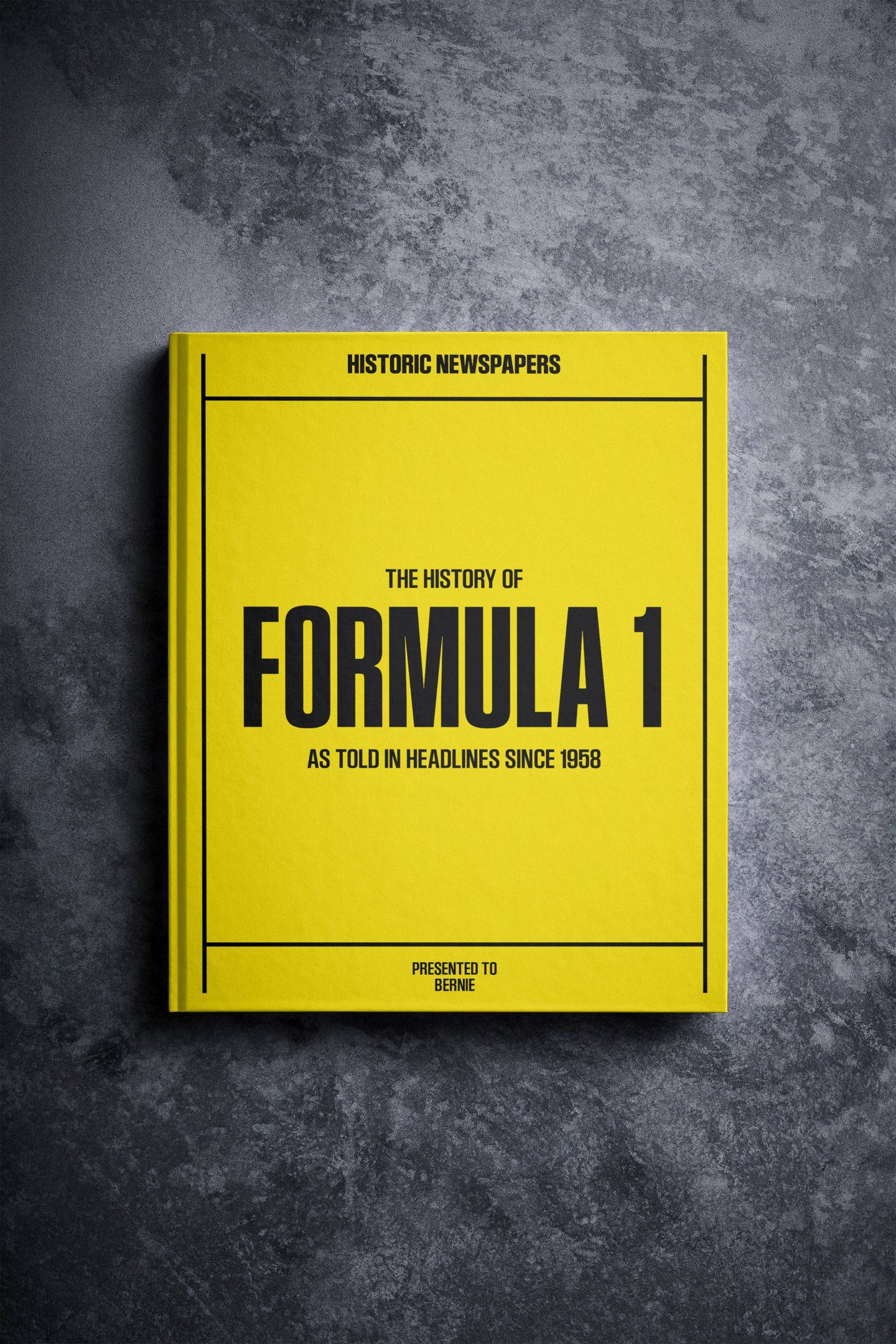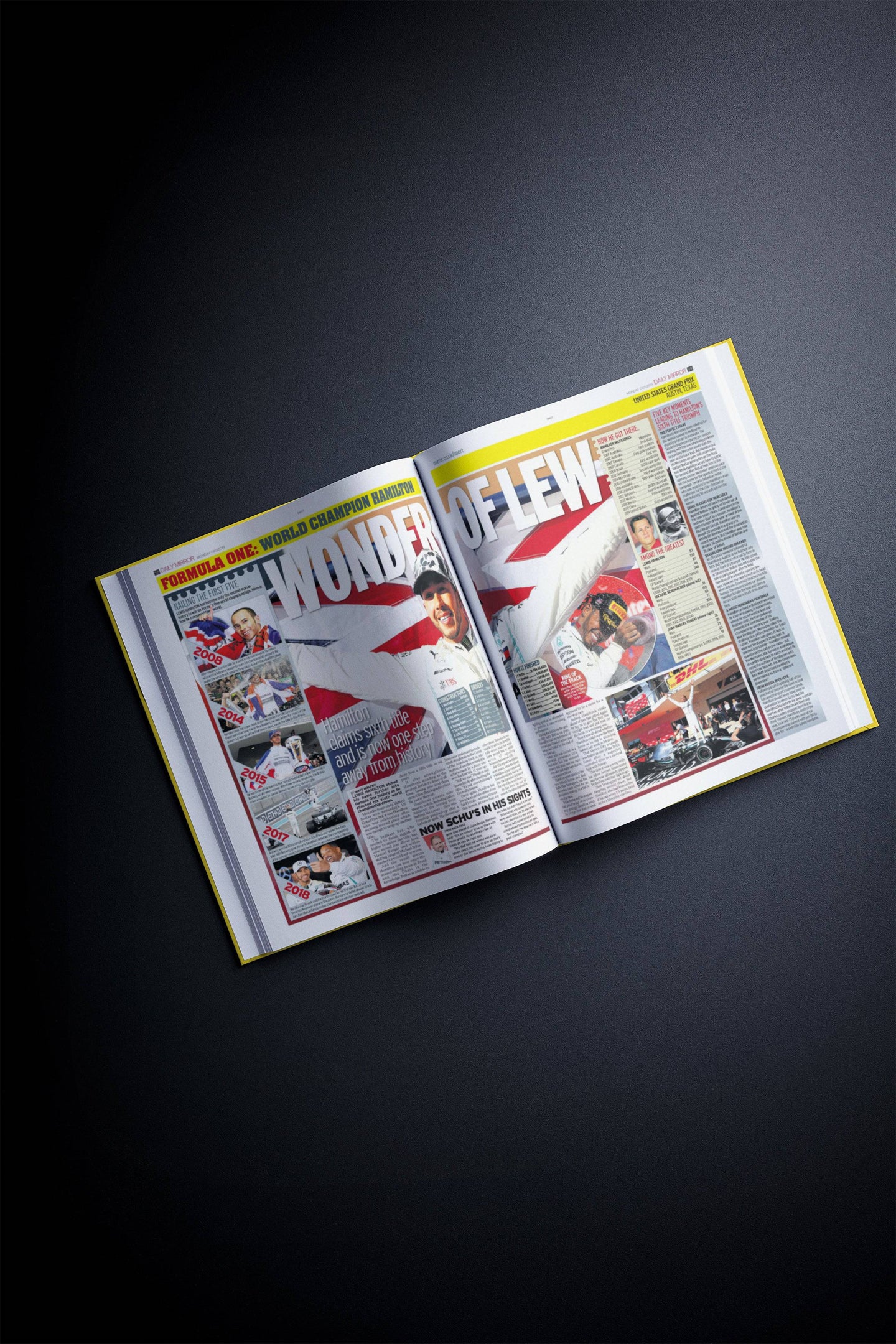Diana Frances Spencer was born in 1961, in Sandringham, England. Daughter of John Spencer, Viscount Althorp and Frances Shand Kydd, Diana belonged to a family of British nobility. In 1975, her father inherited the title of Earl Spencer, and from that moment she was known as Lady Diana Spencer.
First home-schooled under her governess, Gertrude Allen, Diana began her formal education in England and also attended finishing school in Switzerland. She went on to become a preschool assistant and nursery teacher’s assistant up until her marriage to Charles Windsor, Prince of Wales, in 1981.
To honour Diana, the Princess Diana Book looks back on her life and philanthropic work. £5 of every purchase of the book will be donated to The Diana Award, a youth legacy to Princess Diana and her belief that young people have the power to change the world.
Following an array of royal and public duties grew Diana’s personal mission to bring the monarchy into closer contact with its people, and thus Princess Diana’s work for charitable causes has become her greatest legacy, forever commemorating her as “the people’s princess”.
Diana Princess of Wales was the patron and president to multiple charities throughout her life, in which many of the organisations focused on AIDS awareness and prevention, banning the use of landmines, battling poverty and homelessness, various cancer trusts, Leprosy, as well as opening up the stigma surrounding mental illness.
Turn the page to:
- AIDS and HIV Charities
- The Plight Against Landmines
- Homelessness and Poverty
- The Leprosy Mission
- Cancer Trusts
- The Diana Award
- Princess Diana’s Charity Work Timeline
AIDS and HIV Charities
Princess Diana began her charity work in 1989, opening the Landmark Aids Centre in Tulse Hill, London, offering treatment and support for AIDS and HIV patients. In 1990, the National Aids Trust organised the first ever ‘Women, AIDS & the Future’ conference, attended by Princess Diana, who, just three years later, delivered her own speech on ‘Women & Children with AIDS’ as acting patron of the charity.
Her AIDS charity work took her to South Africa on many occasions, and in 1997, Diana met with President Nelson Mandela, who sought to join the Nelson Mandela Children’s Fund and Diana, Princess of Wales Memorial Fund to help victims of AIDS.
Diana’s work with these charities dispelled the stigma surrounding AIDS. Recognising the lack of education on the disease, Diana used her status to bring awareness to the AIDS epidemic.
The Plight Against Landmines

Diana worked prolifically against the use of landmines, mainly those who suffered as a consequence to left behind landmines post-war; of those affected greatly, were children and refugees. After touring an Angolan minefield in 1997, Diana worked closely with the HALO Trust; an organisation dedicated to removing the debris after wars, with a specific focus on landmines.
Her son, Prince Harry became a patron for HALO’s 25th Anniversary in 2013, continuing Diana’s work to remove landmines out of the ground for good. Following her visit to South Africa in 1997, Diana presented a speech in support of the American Red Cross landmines campaign at the Royal Geographical Society and Washington D.C. Her work and passion for the cause were incremental to the International Anti-Personnel Mine Ban Treaty – the Ottawa Convention to remove landmines throughout the world.
Homelessness and Poverty

In 1992, Diana became a patron to Centrepoint, a charity that provides housing and support for young people across the UK. She was passionate about her mission to give homeless adolescents a future and bring about an end to youth homelessness, poverty, and raise the awareness of mental health.
The death of Princess Diana did not end her work with the charity. Prince William, the Duke of Cambridge, took on a patronage with Centrepoint in 2005, actively working and taking an interest in a special way, connecting with people from all backgrounds.
Sharing in their mother’s beliefs and philanthropic attitude, Prince William and Prince Harry have both visited the charity since childhood, attending many private visits with the young people who were in turn touched by their genuine feelings towards them.
The Leprosy Mission

Much like the epidemic of AIDS, Princess Diana brought the plight of leprosy-affected people to the world’s attention; visiting and making physical contact with those affected with the disease. In her actions, Diana dispelled the myth that leprosy could be contracted by touch, and in 1990, prior to a visit to Indonesia, Lady Diana became a patron of the Leprosy Mission.
As an organisation, the Leprosy Mission aims to provide medicine, treatment and support individuals and their families affected by the disease. Diana was an active member of the organisation who visited several charities all over the world, from Nigeria, Nepal, India and Zimbabwe.
Belonging to multiple charities at this time, the Princess of Wales sought to dedicate herself fully to chosen charities with great need. Diana reduced her patronage of more than 100 charities – the Leprosy Mission being the only international development charity she maintained until her death.
Cancer Trusts

Working with the Royal Marsden NHS Foundation as a spokesperson and patron, Diana also became the hospital’s president in 1989. She opened the Wolfson Children’s Cancer Unit in 1993 at the hospital, and represented the Royal Marsden in 1996 for a fundraising event, raising more than £1 million for cancer research.
The Duke of Cambridge became acting president to the Royal Marsden Hospital in 2007. A cause close to his mother’s heart, Prince William has aimed to consecutively visit the hospital, and visit patients, to the present day. In 2008, Prince William opened the Endoscopy Unit, pivotal to the detection of GI cancers. The Duke and Duchess of Cambridge together opened the Oak Centre for Children and Young People in Sutton in 2011 and have since contributed a momentous amount to the trust.
During Lady Diana’s lifetime, Diana was a member and patron for more than 100 charities, many of which are now supported by her two sons, Prince William and Prince Harry. They strive to continue her humanitarian legacy, spreading awareness and giving a voice to those in need.
The Diana Award

The Diana Award is a charity legacy to Diana, Princess of Wales’ belief that young people have the power to change the world. They are proud to have the enthusiastic support of HRH Prince William and HRH Prince Harry and their team at the Royal Charities Forum of The Duke and Duchess of Cambridge and Prince Harry. Their mission is to foster, develop and inspire positive change in the lives of young people.
Princess Diana’s Charity Work Timeline
Princess Diana’s social work and humanitarian efforts in Britain and overseas earned the respect and adoration of people all over the world. Her humanitarian legacy is carried on by her sons, who continue to support the charities that their mother founded or patroned.
The brief timeline shows her charitable efforts in chronological order. Throughout her life she supported and gave her voice to people struggling with AIDS, leprosy, cancer and illnesses, and homelessness. Her patronage and involvement with many charities helped the lives of people all around the world, and found Diana a special place in the hearts of the public.
This timeline of events linked to Diana’s charity work shows the princess’s efforts in chronological order.
1987: Diana begins her work for charitable causes, opens Landmark Aids Centre in London and shakes hand with patient with AIDS
1990: Diana becomes patron of the Leprosy Mission.
1992: Diana becomes patron to Centrepoint, a charity providing support and housing for young people in the UK
1993: Diana opens Children’s Cancer Unit at Royal Marsden Hospital
1993: Diana delivers speech on “Women & Children with AIDS” on behalf of the National Aids Trust
1996: Diana represents the Royal Marsden Hospital in fundraiser event which raised over £1 million.
1997: Diana tours an Angolan minefield, begins working closely with HALO Trust, advocating a worldwide ban on landmines
1997: Princess Diana memorial fund is founded after her death to continue her humanitarian work





























Follow us